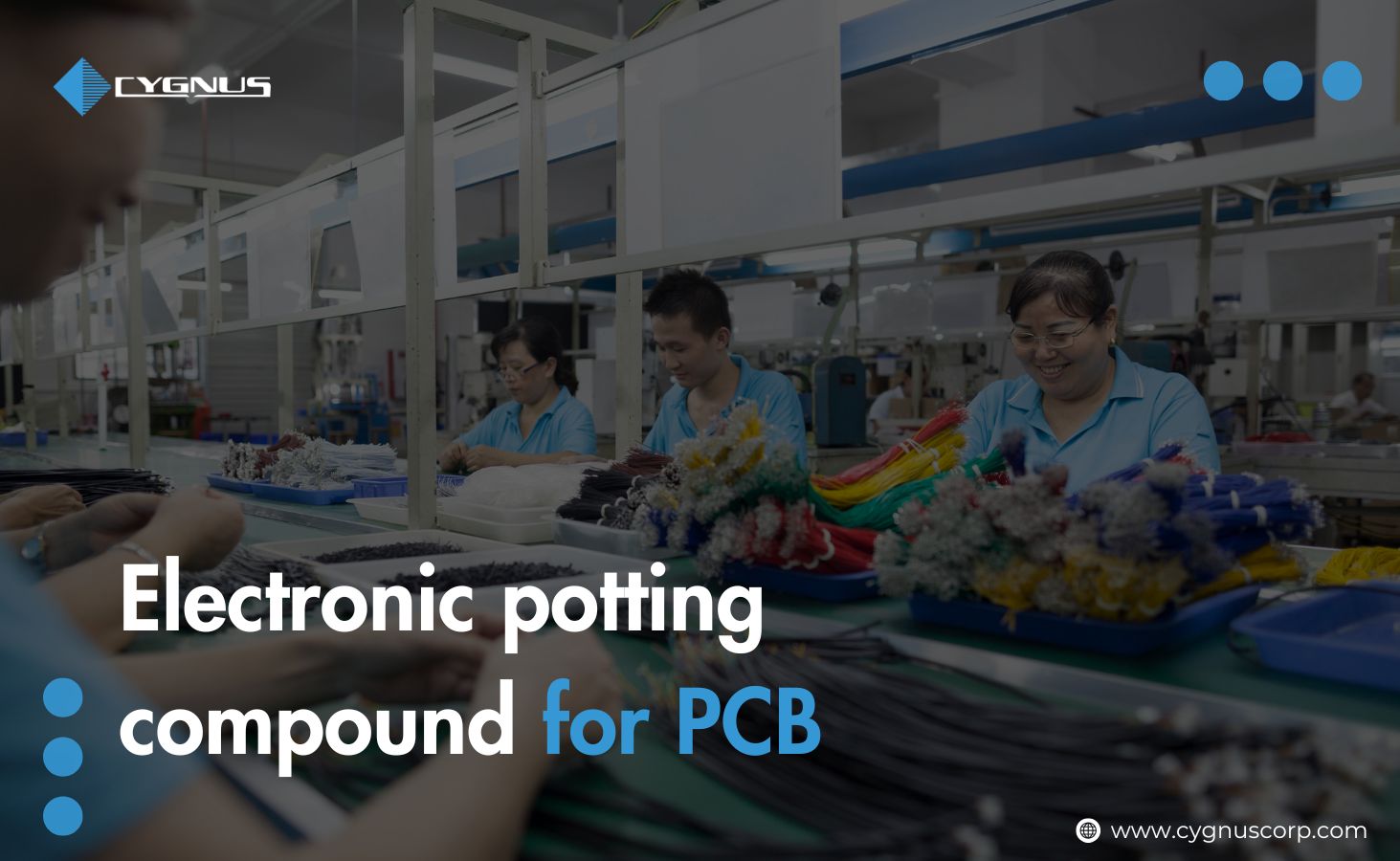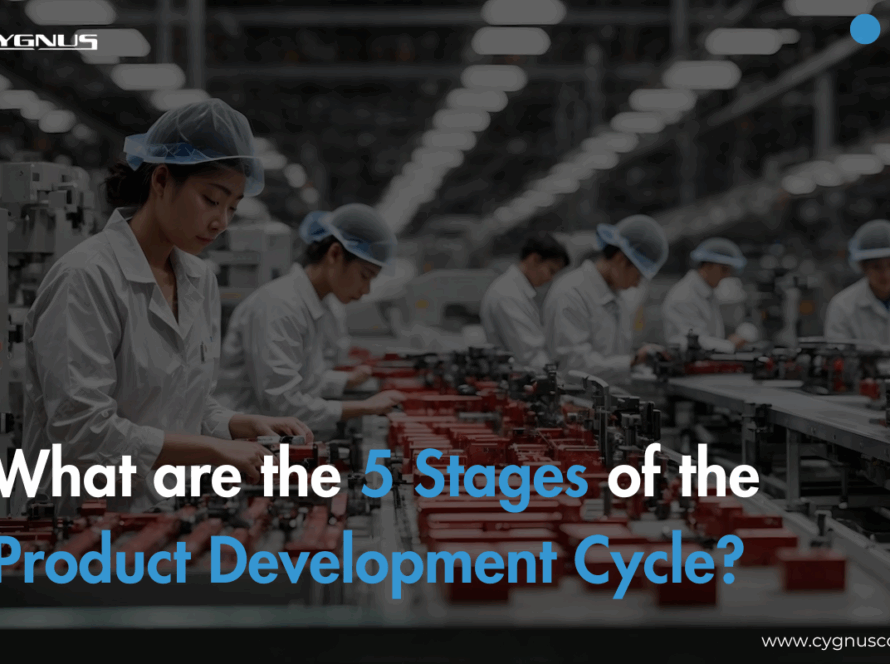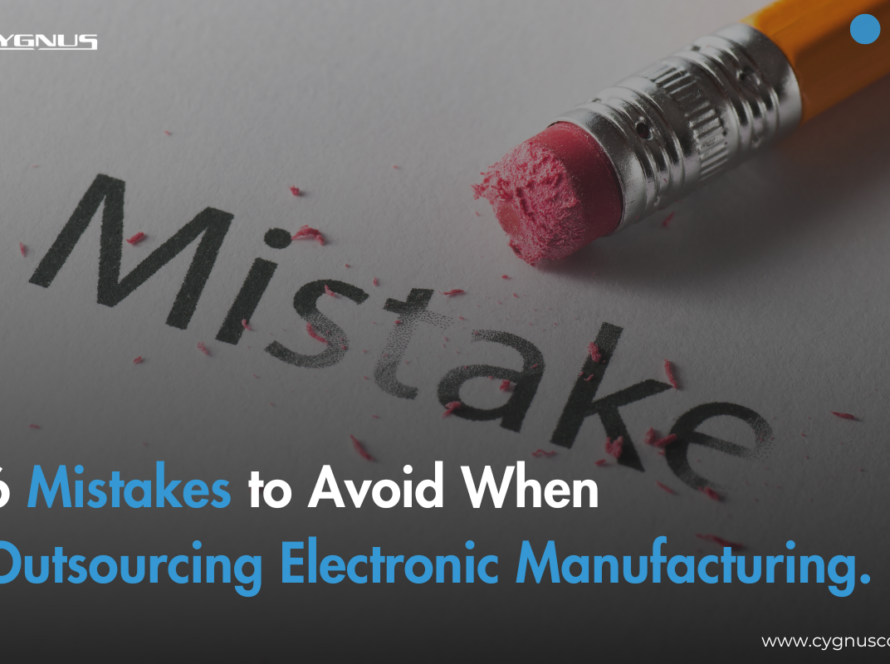Electronic devices are getting smaller, more complex, and more sensitive to environmental factors. To ensure their longevity and performance, protecting printed circuit boards (PCBs) from moisture, dust, vibration, and temperature fluctuations is essential. This is where electronic potting compounds come into play. In this blog, we’ll explore what potting compounds are, their types, benefits, applications, and how to choose the right one for your PCB.
What is an Electronic Potting Compound?
An electronic potting compound is a protective material used to encapsulate PCBs and electronic components. It shields the circuitry from environmental hazards such as moisture, dust, corrosion, and mechanical shock. Potting compounds also enhance electrical insulation, preventing short circuits and improving overall device reliability.
Types of Electronic Potting Compounds:
Not all potting compounds are created equal. The right choice depends on the application, operating environment, and the level of protection required. Here are the main types:
1. Epoxy Potting Compounds:
✔ Excellent adhesion to a variety of surfaces
✔ High resistance to chemicals and moisture
✔ Provides superior mechanical strength
✔ Ideal for high-temperature environments
❌ Can be brittle and difficult to remove
2. Silicone Potting Compounds:
✔ Highly flexible and resistant to thermal expansion
✔ Excellent performance in extreme temperatures (-60°C to 200°C)
✔ Superior UV and weather resistance
✔ Ideal for outdoor and automotive applications
❌ Expensive compared to other options
3. Polyurethane Potting Compounds:
✔ Good flexibility and impact resistance
✔ Moderate heat and moisture resistance
✔ Cost-effective option for general applications
✔ Ideal for consumer electronics and LED potting
❌ Limited resistance to high temperatures
4. Acrylic Potting Compounds:
✔ Fast curing and easy application
✔ Good electrical insulation properties
✔ UV resistant, making them ideal for outdoor use
❌ Lower durability compared to epoxy and silicone
Benefits of Using Potting Compounds for PCBs:
✅ Protection Against Environmental Factors – Prevents moisture, dust, and chemical exposure from damaging circuits.
✅ Improved Electrical Insulation – Reduces the risk of short circuits and enhances dielectric strength.
✅ Vibration and Shock Absorption – Essential for aerospace, automotive, and industrial electronics.
✅ Extended Product Lifespan – Enhances the durability and reliability of electronic devices.
✅ Thermal Management – Some potting compounds provide heat dissipation to prevent overheating.
Applications of Electronic Potting Compounds
Potting compounds are widely used in various industries, including:
✔ Automotive Electronics – Protects sensors, control units, and lighting systems.
✔ LED Lighting – Ensures longevity by sealing components against moisture and dust.
✔ Consumer Electronics – Shields smartphones, wearables, and other gadgets from damage.
✔ Medical Devices – Provides insulation and protection in sensitive equipment.
✔ Aerospace and Defense – Enhances durability in extreme environments.
How to Choose the Right Potting Compound for Your PCB?
When selecting a potting compound, consider the following factors:
🔹 Operating Environment – Will the PCB be exposed to moisture, chemicals, or extreme temperatures?
🔹 Curing Time – Some compounds cure quickly, while others require hours or even days.
🔹 Thermal Conductivity – If heat dissipation is a concern, opt for a thermally conductive compound.
🔹 Flexibility vs. Rigidity – Silicone and polyurethane offer flexibility, while epoxy provides rigidity.
🔹 Removal and Repairability – If rework is necessary, choose a compound that allows easy removal.
Frequently Asked Questions (FAQs)
1. What is the best potting compound for high-temperature applications?
Epoxy and silicone potting compounds are ideal for high-temperature environments. Silicone is particularly suited for extreme heat and cold conditions.
2. How do you remove a potting compound from a PCB?
Removal depends on the type of compound used. Silicone and polyurethane potting compounds can sometimes be peeled off, while epoxy requires chemical solvents or mechanical removal.
3. Can potting compounds improve thermal management?
Yes! Some thermally conductive potting compounds help dissipate heat, making them perfect for high-power electronics and LED applications.
4. Are potting compounds waterproof?
Most potting compounds, especially epoxy and silicone, provide excellent moisture resistance, making them suitable for waterproofing electronic circuits.
Final Thoughts
Choosing the right electronic potting compound is essential for protecting your PCBs from environmental hazards, mechanical stress, and electrical failures. Whether you’re working on automotive electronics, LED lighting, or industrial equipment, selecting the right potting compound can significantly enhance product reliability and longevity.
Looking for the best potting compound for your application? Explore various options based on thermal resistance, flexibility, and electrical insulation to make an informed decision!





1 Comment
binance us register
Thanks for sharing. I read many of your blog posts, cool, your blog is very good.